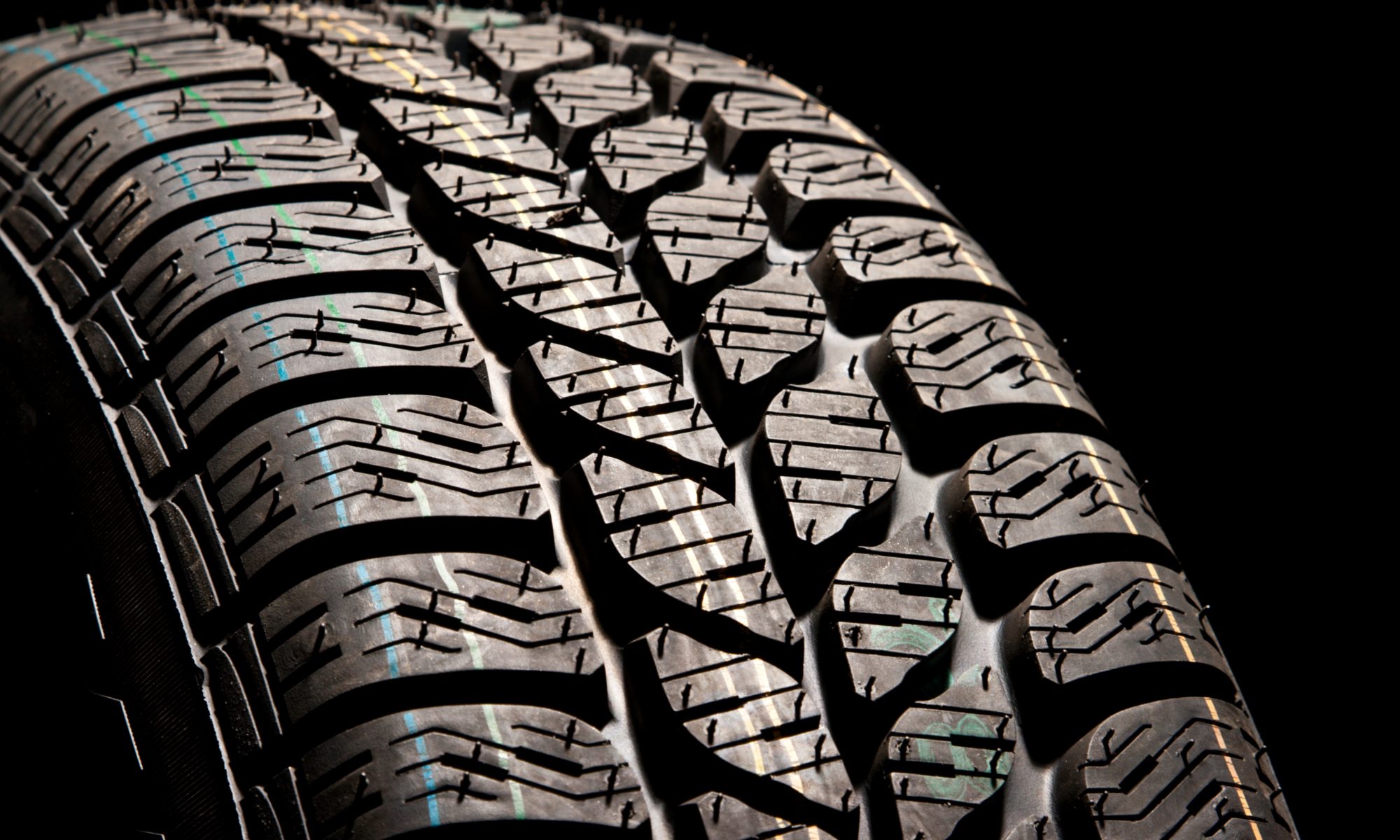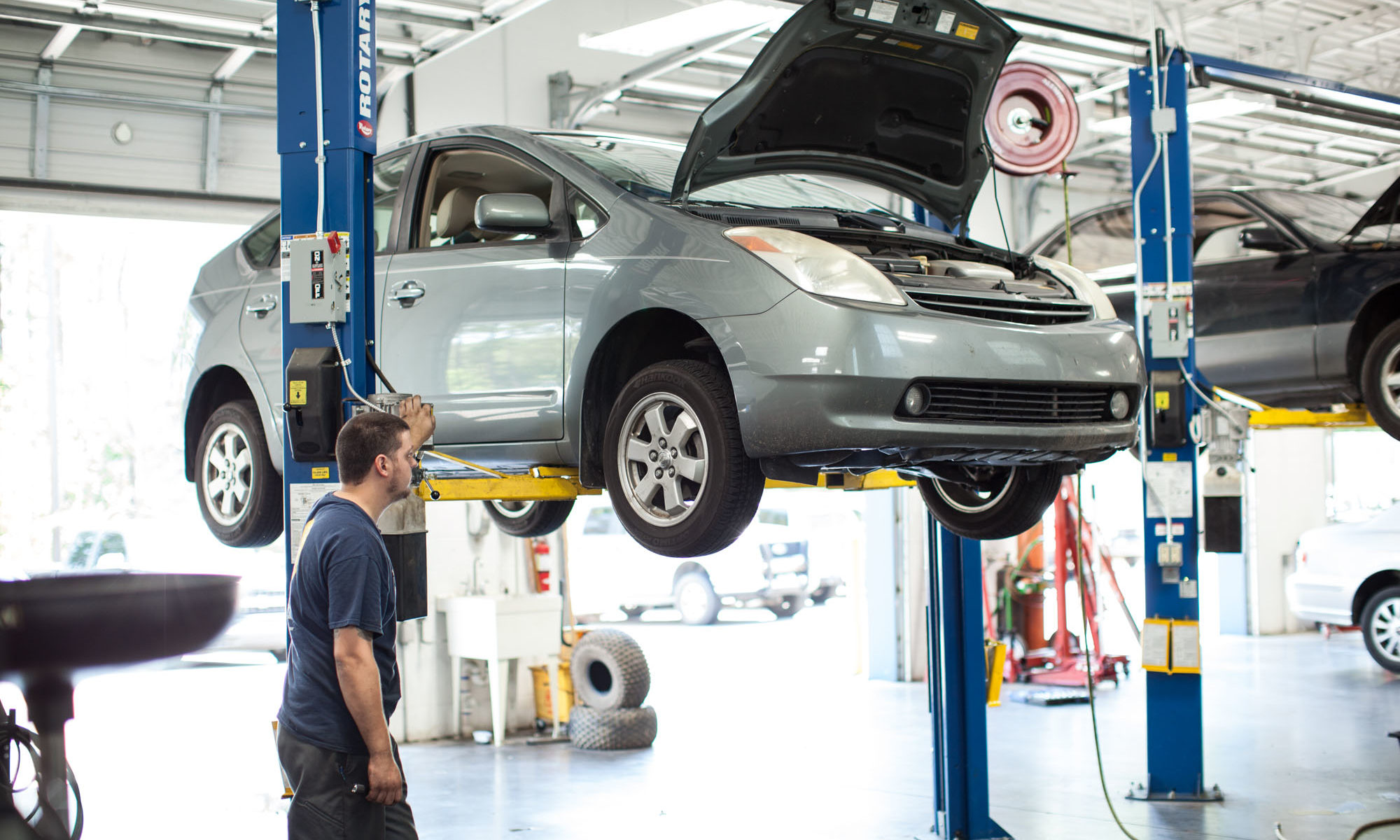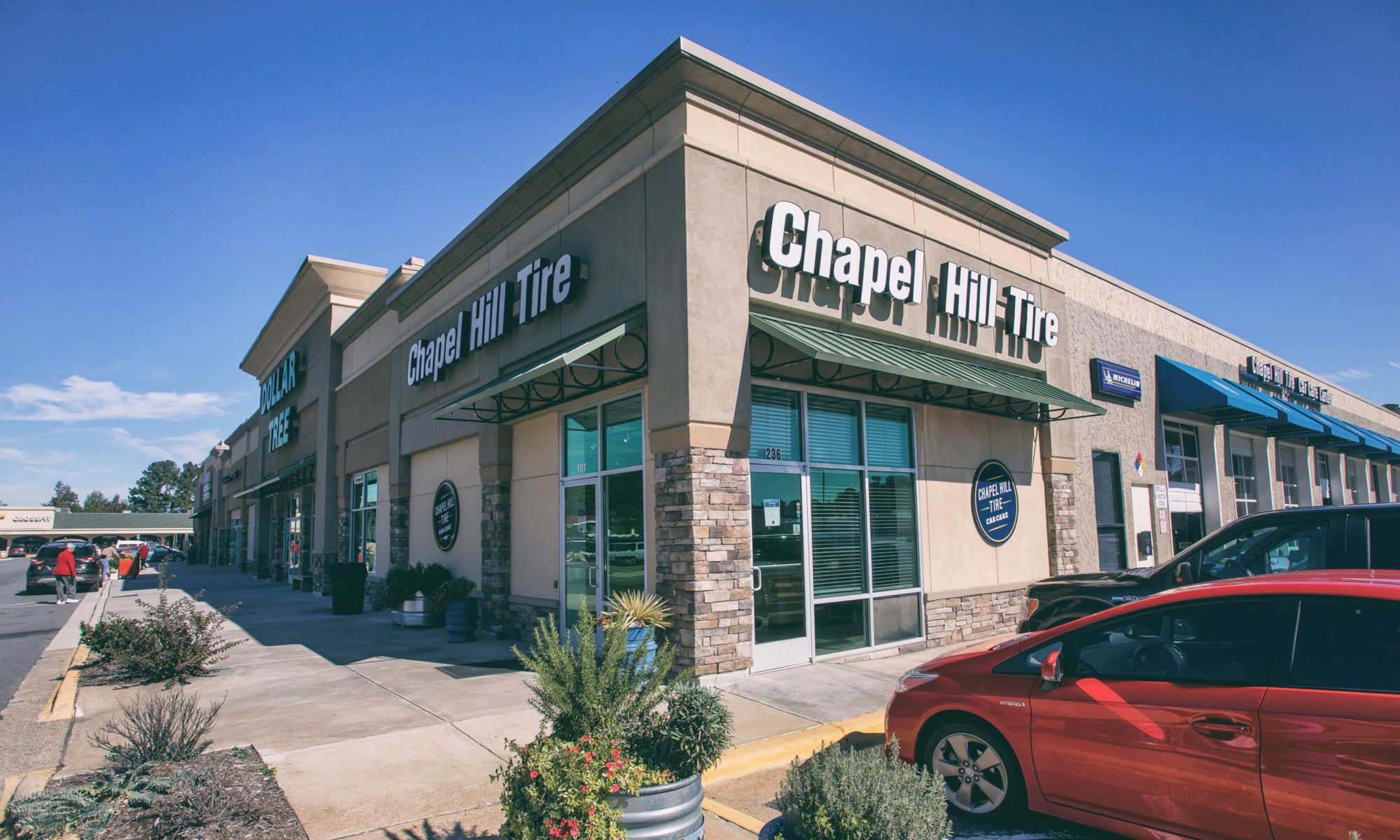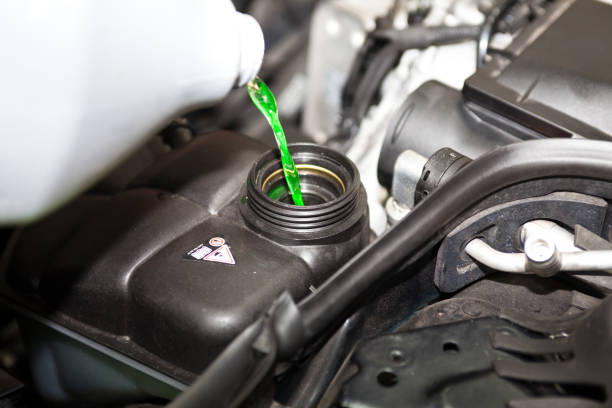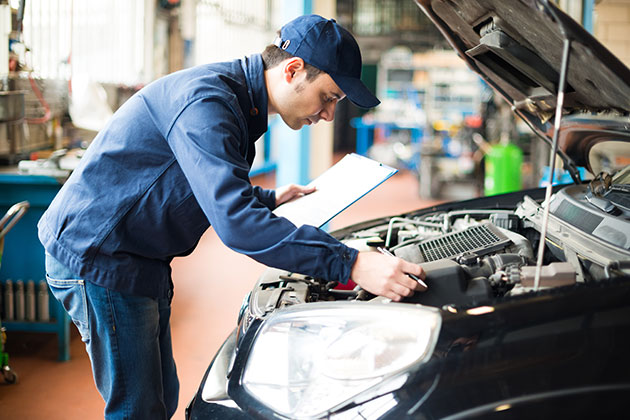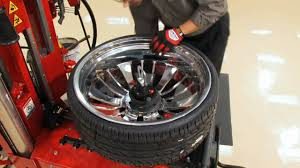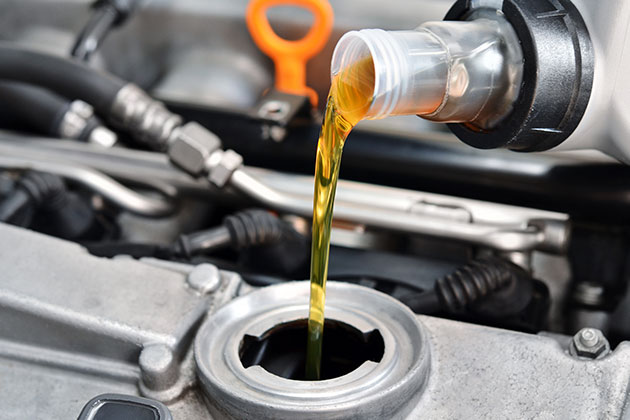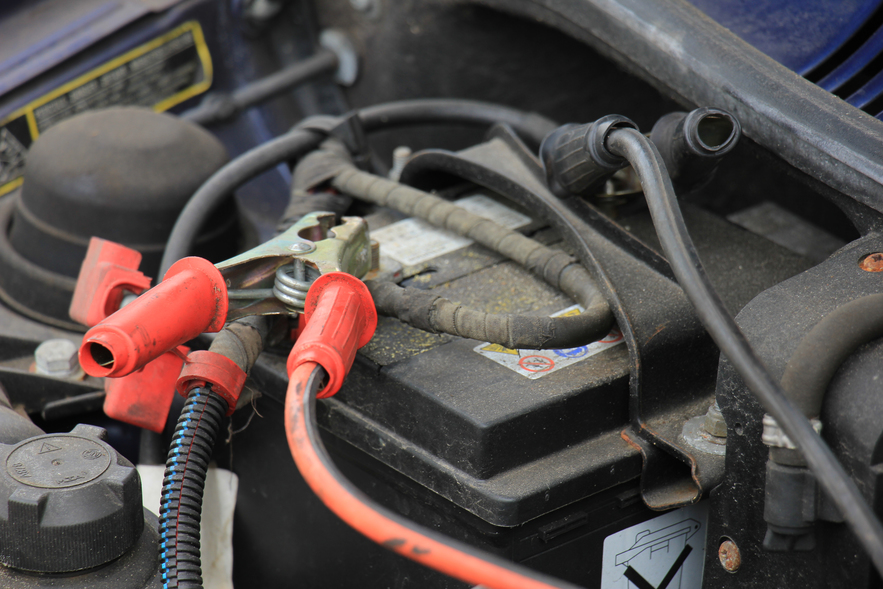5 Things to Think About Before You Buy New Tires
Buying new tires means a safer ride, improved gas mileage, and an overall enhanced driving experience. This is why it is essential that you find the new tires that are right for your car and for your budget. To make your next tire purchase simple and straightforward, here are five things to consider when buying new tires:
Do I Need New Tires?
Before deciding on the new tires for your vehicle, it is important to first decide whether or not you actually need new tires. You will want a matching set of tires to avoid uneven wear and to keep your ride running smoothly. If one of your tires is flat, a mechanic can quickly and affordably repair this issue without replacing your entire set of tires.
A new set of tires is needed when the tread on your tires is worn down. Your vehicle’s tread is the ridges on the top of your tires that provide friction, allowing for controlled starting, stopping, and turning. Worn tread means compromised safety, especially in adverse weather conditions. There is a tread penny test often used to determine whether or not your car needs new tires. This test involves sticking a penny into the tread of your tires and marking where on Lincoln’s head the tread stops. Ideally, you will not be able to see the top on Lincoln’s head at all. Once you can see the entirety of Lincoln’s head, you know it is time for new tires.
Inspect your Car and Current Tires
Why do you need new tires? Is it because they have acquired normal wear and tear from regular driving? Or could there be an issue that caused you to arrive at a needed replacement early? Before buying a set of tires, inspect your current tires for insight into points of wear and tear. You will want to ensure that you do not have any vehicle issues that may be contributing to the decline in tire function. These issues will need to be addressed before investing in the new tire set. Common vehicle causes of extra tire wear are:
- Needed rotations – not completing your rotations and other tire services regularly will cause you to need new tires sooner.
- Alignment issues – if your wheels are not properly aligned, they can throw off your driving and wear out your tires.
- Tire inflation – overinflated or deflated tires can both cause heightened tire wear.
- Needed tire balancing – a tire thrown out of balance will wear unevenly, leading to early replacements.
- Wheel and rim straightening – if you have a bent rim or wheel, it can create serious damage to your tires.
Take note of your current brand of tires and whether or not you would be interested in investing in them again. You can often find extensive information about your vehicle’s tires in your owner’s manual or online. If you remain unsure about the composition of your current tires, consulting a professional before buying a new set can provide the insight that you are looking for.
The Right Tire for Your Vehicle
While tire information on your vehicle can be found within the owner’s manual, this text might suggest that you are limited to a certain tire brand. The brand you choose can affect the price and quality of your vehicle’s tires, so it is important to consider your options.
If you are wondering which tire is right for your car, truck, SUV, hybrid, or crossover, there are plenty of tire tools to help you out. Simply enter your vehicle’s make, model, year, and other essential car information. This tool will give you options that are available to your vehicle, allowing you to consider price and value. You can use this tire tool’s guidance to find the right tires for your car. Then, you can explore the tire distributors that offer the tires you want at an attractive price.
Tire Distributor: Tire Price and Affordability
In terms of pricing, you will want to find a tire distributor that is transparent and fair. Check the tire distributor’s website for coupons, deals, and straightforward pricing. You can often find prices that significantly beat out those at the dealerships.
Still wondering if you are getting the best price on your tires? It is ideal to find a tire distributor with a “price beat guarantee.” These experts will beat any competitors pricing you may find, ensuring that you pay as little as possible for new tires.
After Buying New Tires
Once your new tires are in place, you will want to guarantee that you are taking care of them. This includes completing regular tire rotations and other necessary services such as tire balancing, wheel alignment, and more.
Regular check-ups and vehicle maintenance visits will ensure that you are counteracting tire issues and overall vehicle difficulties. Preventative measures against uneven tire wear can keep your investment lasting as long as possible!
Where to Buy New Tires | Affordable New Tires
If you are looking for new tires in the Triangle, Chapel Hill Tire has what you need! With brands like Michelin, Goodyear, Ironman, BFGoodrich, Hankook, General, and locations in Raleigh, Chapel Hill, Carrboro, and Durham, you can get the tire assistance you need no matter where you live. Visit your local Chapel Hill tire location or give us a call today to get started!
